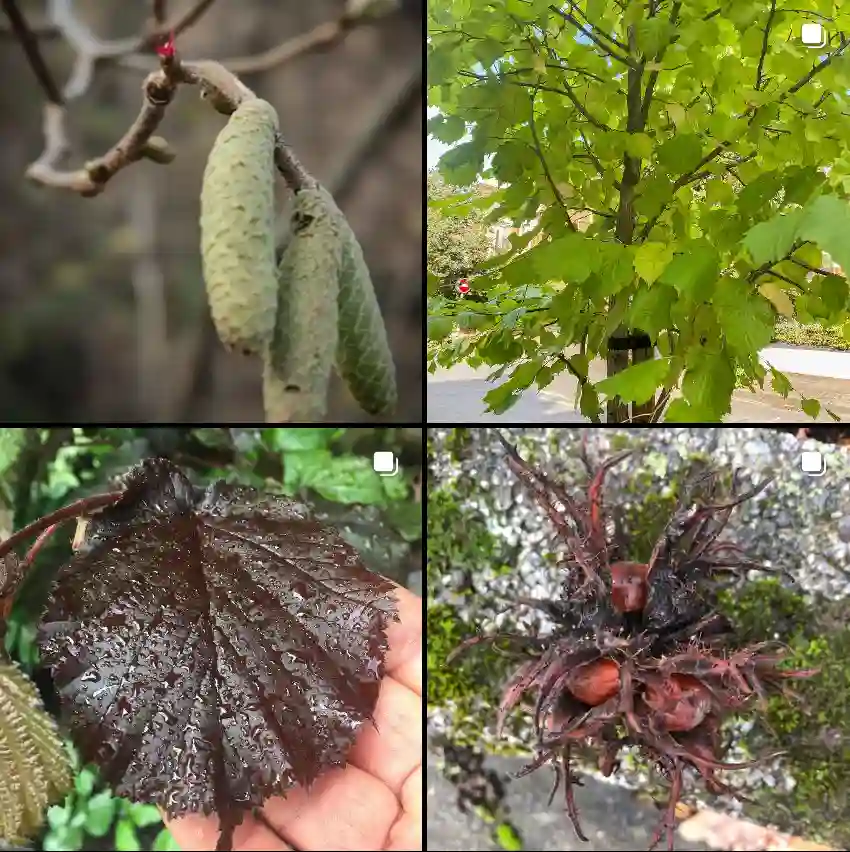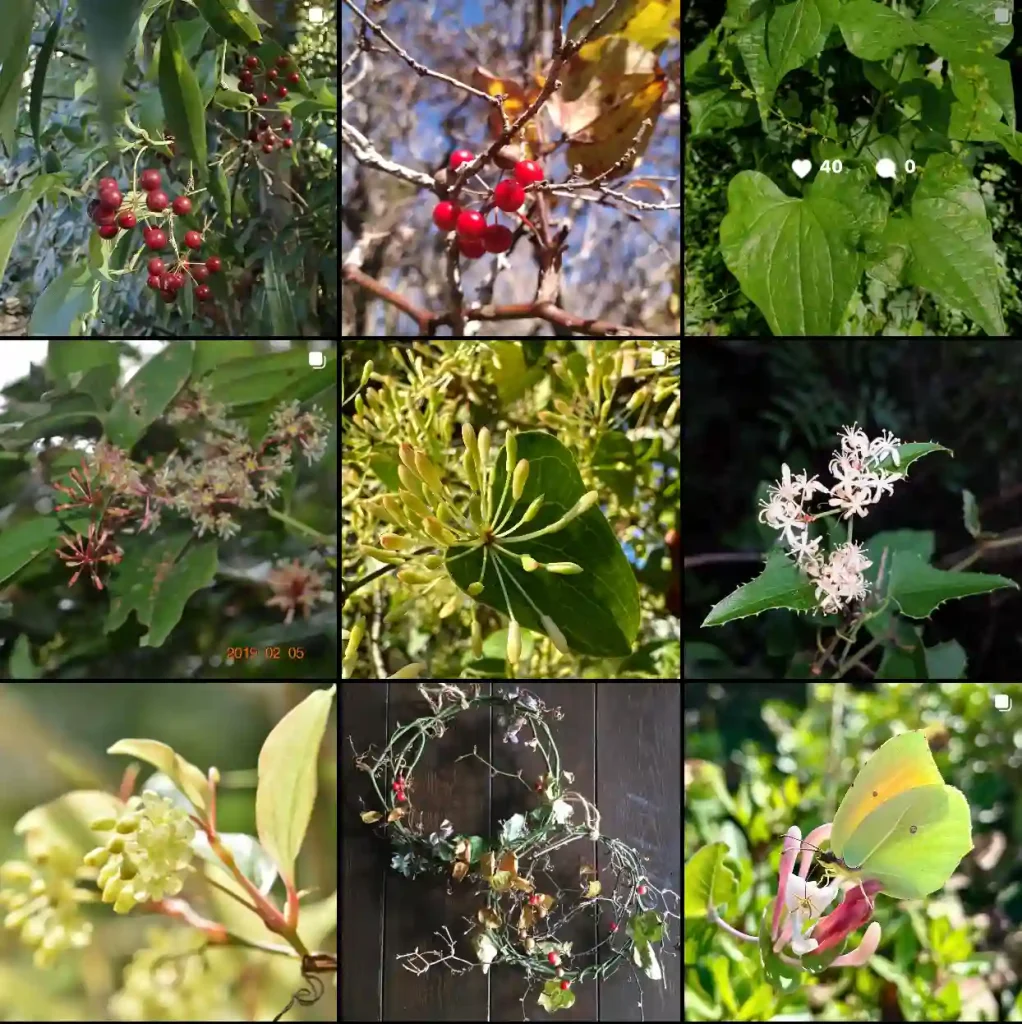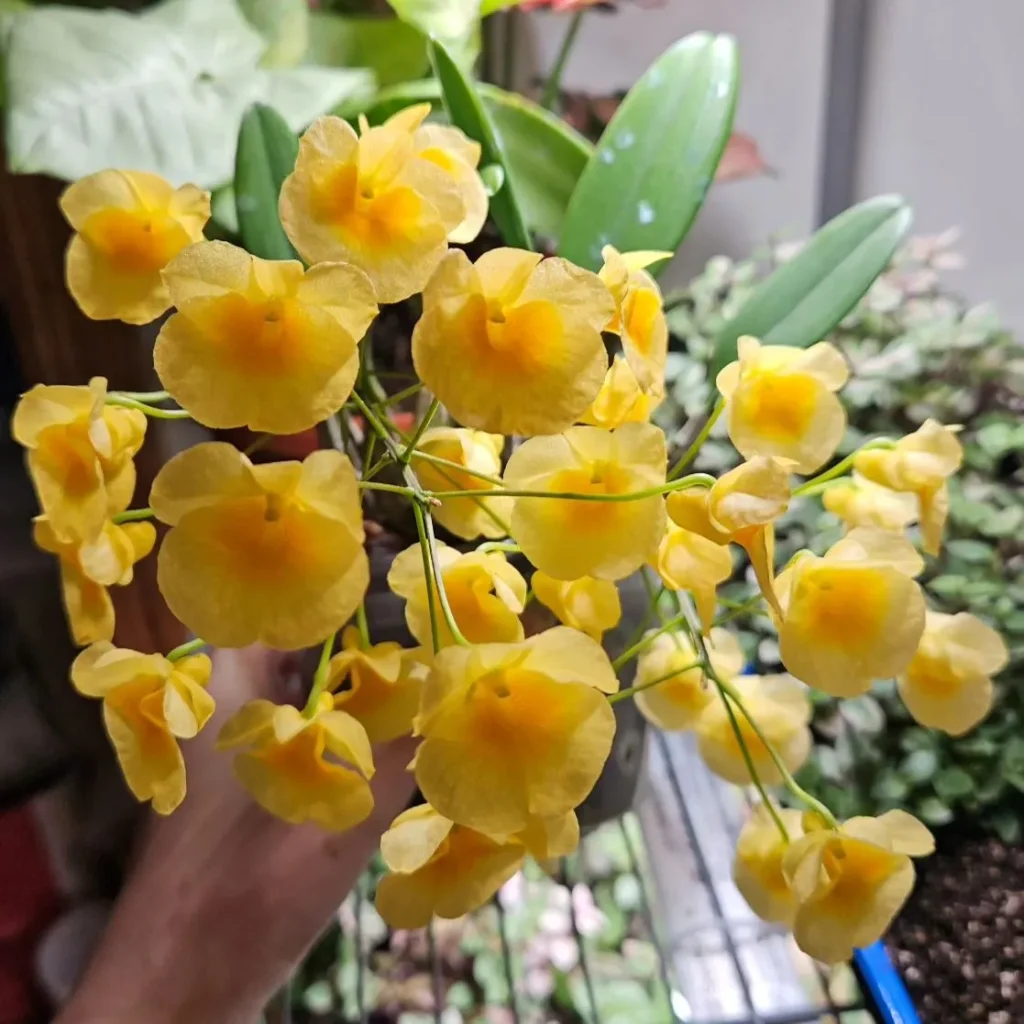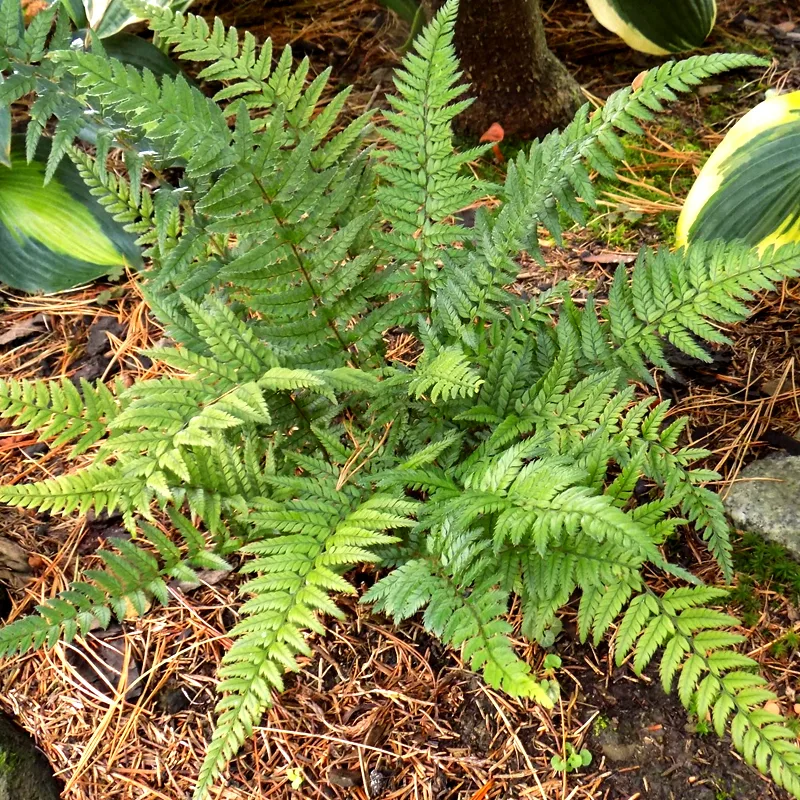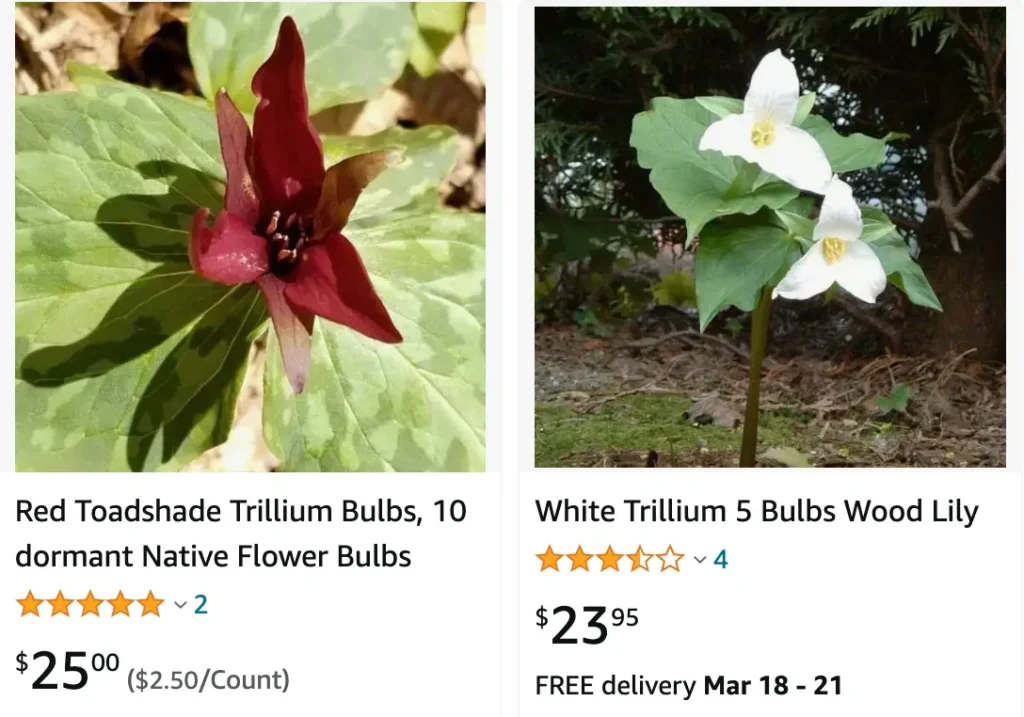
Exploring the Beauty of Trillium Sessile
As an avid gardener and nature enthusiast, I have always been captivated by the delicate beauty and resilience of Trillium Sessile. This native wildflower, also known as Toadshade, holds a special place in my heart for its unique appearance and ecological importance. In this article, I’ll delve into the wonders of Trillium Sessile and share insights on how to cultivate and care for this enchanting plant.
54 Species in Genus Trillium
What is Trillium Sessile?
Trillium Sessile is a perennial wildflower native to the woodlands of eastern North America. It belongs to the Trilliaceae family and is characterized by its distinctive three-petaled flowers and mottled leaves. These elegant blooms typically emerge in early spring, carpeting the forest floor with a burst of color ranging from deep maroon to creamy white.
Trillium Sessile vs Cuneatum
When I compared Trillium Sessile to Trillium Cuneatum, I found that the Sessile had a more understated charm with its smaller, more delicate flowers that seemed to blend gently into the forest floor. The Cuneatum, on the other hand, stood out with its larger, more pronounced blooms and distinctive leaf shape. I loved how the Cuneatum’s leaves had a more pronounced mottling, which added a touch of drama to my garden. Both were lovely, but if I had to choose, the bold presence of the Cuneatum made it my favorite for making a statement in shaded areas.
Trillium Sessile vs Recurvatum
In my experience with Trillium Sessile versus Trillium Recurvatum, the Sessile always felt like a quieter, more subtle beauty. Its flowers seemed to hover just above the leaves, creating a serene, understated look. The Recurvatum, in contrast, had a more dramatic flair with its recurved petals that gave it a unique, almost whimsical appearance. I appreciated the Sessile for its gentle elegance, but the Recurvatum won me over with its striking, attention-grabbing blooms. It was like having a touch of magic in my garden whenever the Recurvatum was in bloom.
How to Transplant Trillium Sessile?
Transplanting Trillium Sessile requires careful attention to ensure the plant’s health and survival. Here’s a step-by-step guide on how to successfully transplant these woodland gems:
- Choose the Right Location: Before transplanting, select a suitable location that mimics the plant’s natural habitat. Trillium Sessile thrives in moist, well-drained soil with dappled sunlight or partial shade.
- Prepare the Soil: Amend the soil with organic matter such as compost to improve drainage and fertility. Remove any weeds or debris from the planting area to create a clean environment for the transplanted trillium.
- Digging up the Plant: Carefully dig around the base of the trillium, ensuring to avoid damaging the delicate roots. Use a sharp spade or garden fork to gently lift the plant from the ground, taking care to preserve as much of the root system as possible.
- Transplanting: Replant the trillium at the same depth as it was previously growing, ensuring that the crown is level with the soil surface. Water the newly transplanted trillium thoroughly to help settle the soil and reduce transplant shock.
- Mulching and Maintenance: Apply a layer of organic mulch around the base of the plant to retain moisture and suppress weeds. Water the transplanted trillium regularly, especially during dry spells, and monitor for signs of stress or disease.
How to Care for Trillium Sessile?
Once established, Trillium Sessile requires minimal care but benefits from some basic maintenance to ensure healthy growth and longevity. Here are some tips for caring for your trillium:
- Watering: Trillium Sessile prefers consistently moist soil, especially during the growing season. Water the plant regularly, keeping the soil evenly moist but not waterlogged.
- Fertilization: Avoid excessive fertilization, as trilliums are sensitive to high levels of nutrients. Instead, top-dress the soil with compost or organic mulch in early spring to provide a slow-release source of nutrients.
- Pruning: Trillium Sessile does not require pruning, except for the removal of dead or damaged foliage. Trim away any yellowing or brown leaves to maintain the plant’s appearance and health.
- Pest and Disease Control: Keep an eye out for common pests such as slugs, snails, and deer, which may feed on trillium foliage. Use organic pest control methods or physical barriers to protect the plants from damage. Additionally, monitor for signs of fungal diseases such as leaf spot and powdery mildew, and treat promptly if detected.
- Propagation: Trillium Sessile can be propagated by division or seed. Divide mature clumps in early spring or late summer, ensuring that each division has a portion of rhizome and roots attached. Alternatively, collect ripe seeds in late summer or early fall and sow them immediately in a prepared seedbed.
What to Plant with Trillium Sessile?
When planning a woodland garden or naturalistic landscape, it’s essential to choose companion plants that complement the beauty and habitat requirements of Trillium Sessile. Here are some suitable companions to plant alongside trillium:
- Bloodroot (Sanguinaria canadensis): This spring-blooming wildflower features delicate white flowers and attractive lobed leaves, creating a striking contrast with Trillium Sessile.
- Mayapple (Podophyllum peltatum): The umbrella-like foliage of Mayapple provides a lush backdrop for the subtle beauty of trillium blooms. Plant these shade-loving perennials together for a harmonious woodland display.
- Virginia Bluebells (Mertensia virginica): The nodding clusters of pink or blue flowers of Virginia Bluebells add a splash of color to the spring garden and complement the understated elegance of Trillium Sessile.
- Ferns: Various native fern species, such as Maidenhair Fern and Cinnamon Fern (Osmunda cinnamomea), thrive in the same woodland habitat as trilliums and provide a lush, textured backdrop for their blooms.
By selecting compatible companion plants, you can create a diverse and visually appealing woodland garden that celebrates the beauty and biodiversity of native flora.
In Conclusion
Trillium Sessile, with its graceful blooms and tranquil woodland presence, is a treasure of eastern North American forests. By understanding how to transplant, care for, and propagate this native wildflower, gardeners can cultivate thriving populations of Trillium Sessile and contribute to the conservation of these precious woodland gems. So, why not embrace the enchantment of Trillium Sessile and invite its beauty into your garden?
If i die, water my plants!
